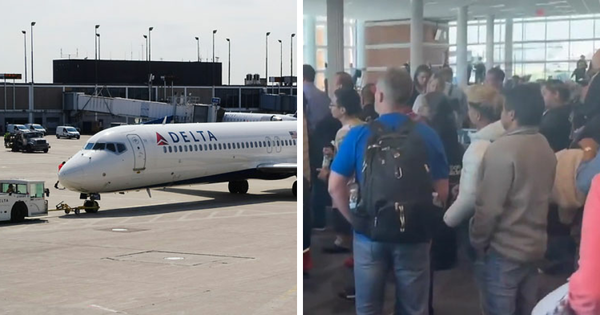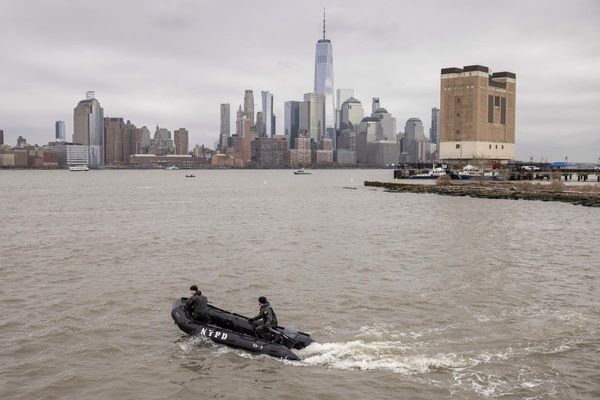For decades, the Dutch government used “Holland” and “the Netherlands” interchangeably to describe the country known for its canals, tulip fields and windmills.
But as of Jan. 1, the country hopes to put that identity crisis behind it: All official government communications and promotional materials will use the Netherlands as its name.
The Dutch government has been working on a branding campaign for the past 18 months to enhance the country’s image in the face of growing international competition, said Ingrid de Beer, the head of the public diplomacy section in the Ministry of Foreign Affairs.
“Our international image faces some challenges,” she said.
Research showed that many people do not know of the Netherlands or have outdated perceptions of the country, de Beer said. Young people, particularly those in countries farther away, are unfamiliar with the country, she said.
The Kingdom of the Netherlands consists of 12 provinces, two of which — Noord (North) Holland and Zuid (South) Holland — make up Holland. Amsterdam, which sees about 19 million travelers annually, and Keukenhof, one of the world’s largest flower gardens and a popular attraction, are both in the Holland region.
In some ways, the Dutch tourism board’s efforts to attract visitors have been too successful.
Straining to handle millions of tourists, the country’s tourism board stopped promoting its most famous attractions in favor of trying to encourage travelers to go to lesser-known destinations, according to a 2019 report.
“More isn’t always, and certainly not everywhere, better,” the report said.
By 2030, the report predicted, the Netherlands could see an influx of up to 42 million tourists — a gargantuan number for a country of 17 million.
Historically, the region of Holland has contributed the most to the country’s economy and wealth, resulting in its name commonly being used to indicate the entire country.
But not anymore, the Dutch government insists.
“We are fully aware that internationally, a strong image of the Netherlands contributes to achieving political objectives, promoting trade, attracting talent, investment and tourists and encouraging cultural and scientific exchange,” de Beer said.
Part of the branding campaign includes an updated logo, a “NL” stylized to look like an orange tulip, according to the Ministry of Foreign Affairs. The logo replaces the “Holland tulip,” which was created by the tourism board 25 years ago.
The central government hopes to use the new logo, which debuted in November, for 20 years, the ministry said. The new logo can be used to promote the Netherlands abroad and by cities, universities, sports organizations, companies, cultural institutions and civil society organizations, de Beer said.
“If we compare our branding to a song," de Beer said, “this basic narrative provides for the repetitive chorus, to which everyone can add on their own couplet.”
Marketing experts, however, were not convinced that the rebranding was needed.
David Corsun, director of the Fritz Knoebel School of Hospitality Management at the University of Denver, said Sunday that it was always better for a brand to have a cohesive identity. But Corsun said any confusion caused by the country’s two names was probably not a major hindrance.
“My impression is that maybe more is being made of it than the results will drive,” he said. “I’m disinclined to believe that it’s going to have some earth-shattering results for them, but it seems like it’s going to have a relatively benign to somewhat beneficial outcome for them.”
Allen Adamson, a founder of the branding firm Metaforce and an adjunct professor of branding at New York University, said that the country’s new campaign was irrelevant because, for many people, the two names were interchangeable, so the rebranding wouldn’t affect their behaviors.
It’s an interesting intellectual exercise, he said, but Dutch officials are trying to solve a problem that does not exist.
“It’s hard to make the case ‘the Netherlands’ will be more effective than ‘Holland,’” Adamson said. “From a marketing perspective, shorter is always better so they’re fighting an uphill battle.”
View original article on nytimes.com
© 2020 THE NEW YORK TIMES COMPANY







